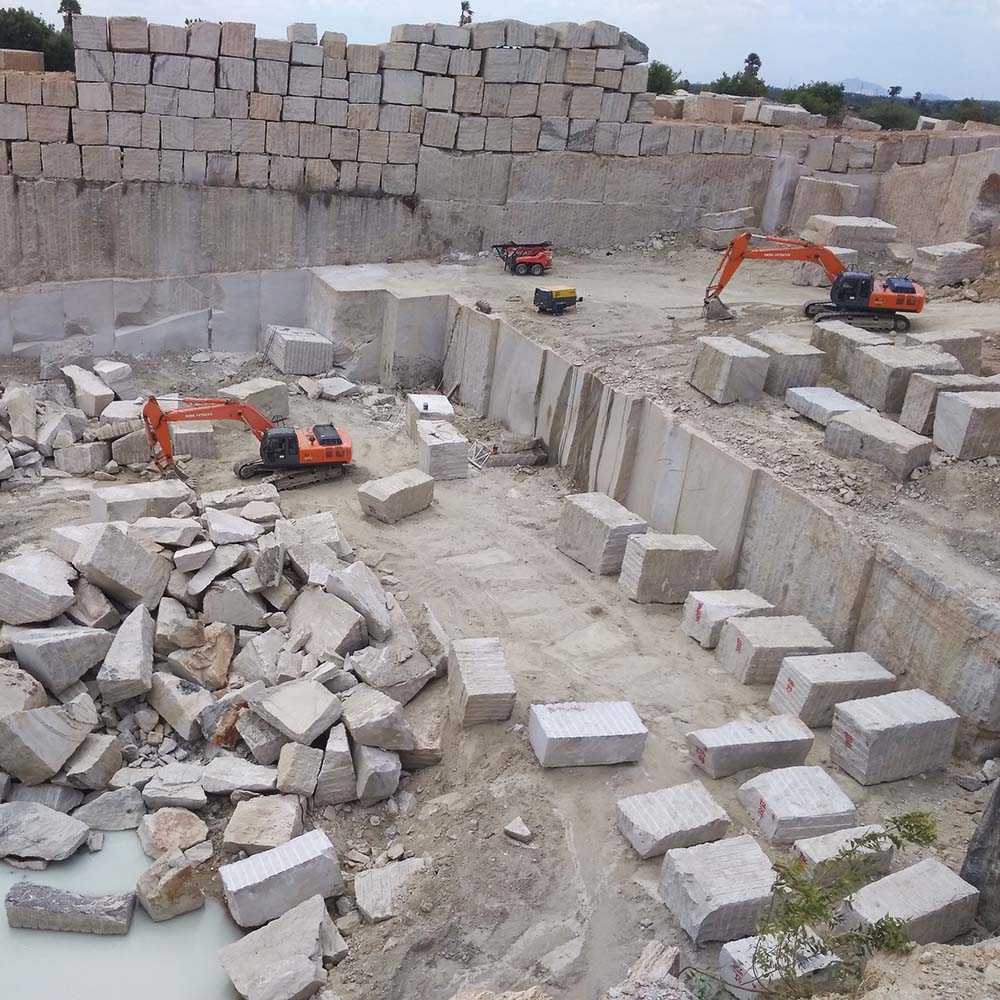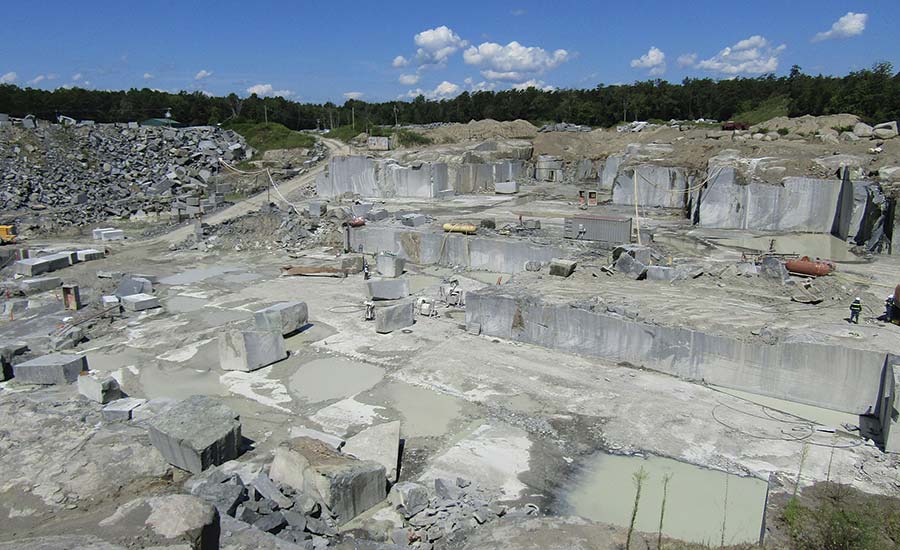The Surprise Treasures: Discovering Granite Quarries in South Africa
The Surprise Treasures: Discovering Granite Quarries in South Africa
Blog Article
Discovering the Rich History and Lasting Practices of Granite Quarrying
As we stand on the precipice of discovering the elaborate tapestry of granite quarrying, a trip with time discloses not simply the physical act of extracting rock but likewise the social and historical relevance woven into the very material of this technique. From the ancient beginnings that laid the structure for contemporary quarrying strategies to the lasting practices that are forming the future of this market, each sculpt mark on granite surface areas tells a tale waiting to be unearthed (granite quarries in south africa). The tradition of granite quarrying extends much past mere removal; it is a testimony to human resourcefulness, resilience, and the enduring attraction of this marvelous rock
Ancient Origins of Granite Quarrying
Dating back to old people, the technique of quarrying granite has actually been an essential part of human history and architectural improvement. The earliest proof of granite quarrying go back to old Egypt, where enormous pyramids and complex sculptures were crafted from this durable rock. The Egyptians utilized primitive tools to remove granite blocks from quarries, showcasing the significance of this material in their monumental buildings.
Progressing in background, the Greeks likewise made substantial contributions to the quarrying of granite. The Greeks utilized granite in different architectural marvels, such as temples and statues, demonstrating their skill in shaping and sculpting this durable rock. The Romans better improved the techniques of quarrying granite, employing sophisticated tools like chisels and hammers to extract and shape granite for their renowned structures.
Through the centuries, the technique of quarrying granite has actually advanced, with modern-day innovations enhancing effectiveness while keeping the classic charm of this all-natural stone - granite quarries in south africa. From ancient worlds to contemporary contractors, the legacy of granite quarrying continues to shape our globe
Development of Quarrying Methods
The evolution of quarrying strategies has actually been marked by a continuous development in the direction of higher efficiency and precision in removing granite. From the rudimentary methods utilized by our ancestors to the sophisticated modern technologies used in modern-day quarrying operations, the market has actually undergone substantial innovations. Early quarrying techniques entailed manual work with basic devices such as chisels, hammers, and wedges to remove granite blocks from the planet. As human beings advanced, strategies like fire-setting and primitive dynamites were presented to assist in the extraction procedure.
In even more recent times, the development of equipment revolutionized the quarrying sector, making it possible for faster removal prices and enhanced efficiency. Technologies such as ruby wire saws, high-pressure water jets, and pneumatically-driven drills have actually become typical in modern quarries, enabling specific cutting and decreased waste. In addition, advancements in computer-controlled devices and 3D modeling have actually maximized quarrying procedures, resulting in marginal ecological impact and improved sustainability methods. As the demand for granite proceeds to climb, the advancement of quarrying strategies continues to be essential to meeting market needs effectively and sustainably.
Cultural Importance of Granite
Granite holds an extensive social importance across various civilizations as a result of its enduring visibility in building masterpieces and admired monuments. From the marvelous pyramids of Egypt to the detailed makings of the Angkor Wat temple in Cambodia, granite has been a material of selection for sharing magnificence and durability in cultural heritage. In old Rome, granite columns embellished temples and public buildings, signifying stamina and permanence. The cultural value of granite prolongs beyond its physical characteristics; it embodies resilience, stability, and eternity, making it a symbol of withstanding heritages and traditions.

Sustainable Practices in Quarrying
In the middle of the rich background of granite quarrying and its social importance lies an expanding emphasis on sustainable practices within the sector. As environmental awareness and concerns concerning source exhaustion have enhanced globally, the quarrying field has increasingly welcomed sustainable methods to lessen why not try these out its influence on the setting and bordering communities.

Furthermore, reclamation and rehab of quarry sites post-extraction are important to lasting techniques. By bring back quarried locations to an all-natural or beneficial state, such as producing wildlife environments or recreational rooms, quarriers can offset the ecological impact of their operations and contribute favorably view to the local environment.
Heritage of Granite Quarrying
With a historical background soaked in workmanship and commercial development, what enduring effect has granite quarrying left on the landscape of modern-day society? The tradition of granite quarrying transcends mere removal techniques; it has shaped architectural marvels, city landscapes, and social heritage worldwide. The long lasting nature of granite has made it a recommended option for monuments, buildings, and infrastructure, standing as a testimony to the skill and artistry of quarry employees throughout generations.
In addition, the financial footprint of granite quarrying can not be overlooked. The sector remains to provide job opportunity and drive regional economic climates in regions where granite removal prevails. It has actually also stimulated technological developments in quarrying strategies and devices, leading to extra efficient and sustainable techniques.
In terms of sustainability, the tradition of granite quarrying consists of efforts to minimize environmental effects via reclamation jobs and liable resource administration. By stabilizing economic interests with environmental stewardship, the sector makes every effort to guarantee that future generations can remain to benefit from this learn this here now enduring natural source.
Verdict

Report this page